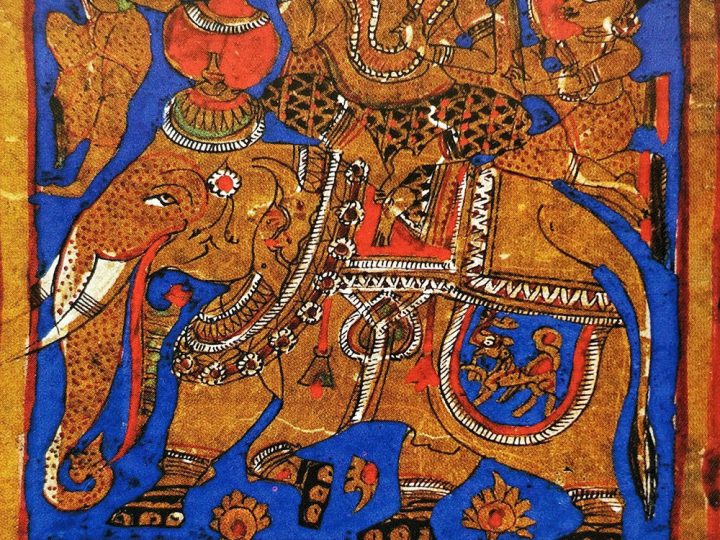Serigraphy Back Then
The culture of producing serigraphs was not much widespread in India until the late 90s. Neither did we have any famous serigraph producing specialist artists like Andy Wharol, not could we boast of owning any splendid studios reproducing serigraphs on behalf of the artists. Hence people were not aware of this medium. If we compare the number of artists associated with different forms of printmaking like etching, lithography, woodcut, etc., the number of artists working in serigraph would be negligible.
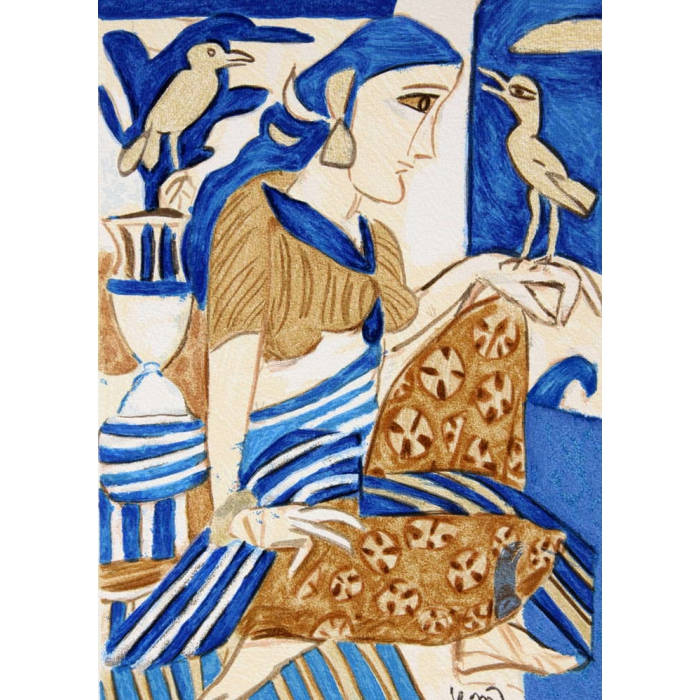
KG Subramanyan
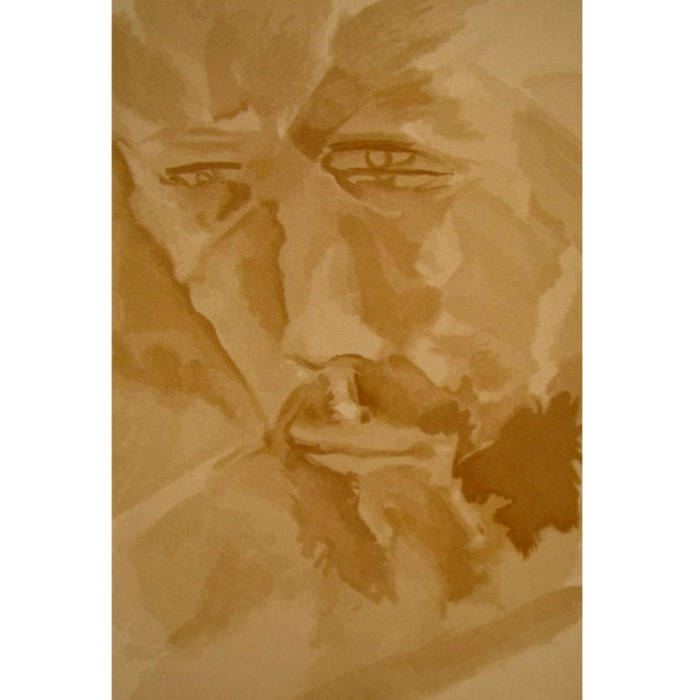
Akbar Padamsee
Reason Why Serigraphy Never Became Mainstream for Artists
Only one out of 100 artists used to opt for creating a serigraph. Rest of the artists practised painting, sculpting, or any other medium of printmaking.
When I was in the process of figuring out the reason of this obscurity, a senior artist told me, “The skills of an artist are not tested to its core in serigraph as compared to etching where the artist needs certain skills. In lithograph, the artist needs to understand the medium; similarly in woodcut too, knowledge of the process, skill and technique is required for carving in order to print it on paper. Whereas may be for these artists, serigraph didn’t offer a similar platform to express their expressions with screens and squeezes.”
Change in Scenario after Upsurge in Indian Art
Cut to 2007: With Indian art witnessing a sudden spurt, there developed a need for producing artworks that could reach the masses. Collectors, buyers, as well as art lovers began appreciating those works with limited editions, they were signed by the artist, and most importantly they were pocket friendly. The demand increased in not only India but also the non-resident Indians wanted to buy limited edition serigraphs of their beloved artists.
The demand for serigraphs was mainly boosted by the studios and the artists who allowed their art pieces to be reproduced.
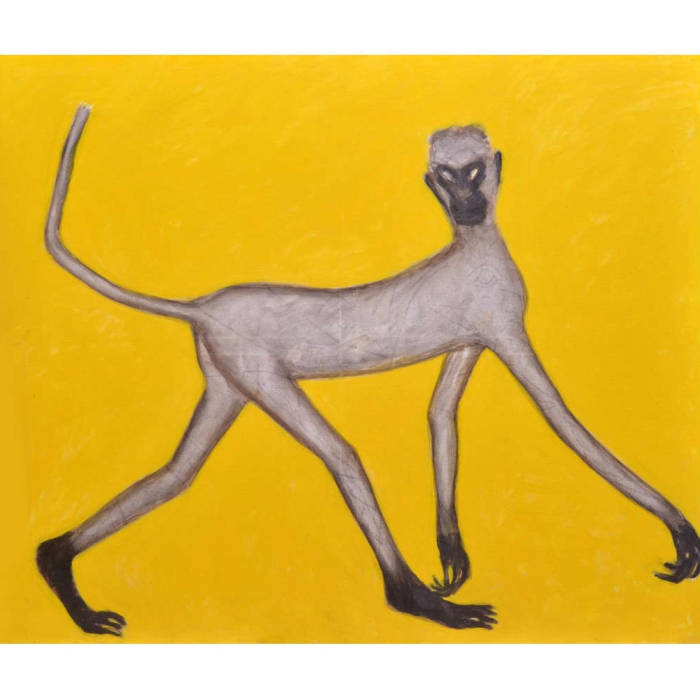
Amit Amablal
Where are we in 2018?
The serigraphs produced overseas by the artist himself tends to have better value in the market, but point to note is that those serigraphs are created by professional serigraphy artists unlike in India, where the artist switches too many mediums without gaining a proper understanding of the mediums. Many artists switch mediums simply on the basis of reasons like – if his/her counterpart artist has switched to serigraphy; the artists sees more money in serigraphs; or to show off his/her talent in different medium. These reasons of switching mediums result in suffering of the quality of the artwork. And with art if you don’t offer quality, you don’t create any value. Hence, irrespective of who has created the artwork, what would happen to the buyer, collector and gallery who has bought it?
Why Serigraphy and Indian Artists Do Not Go Hand-in-Hand
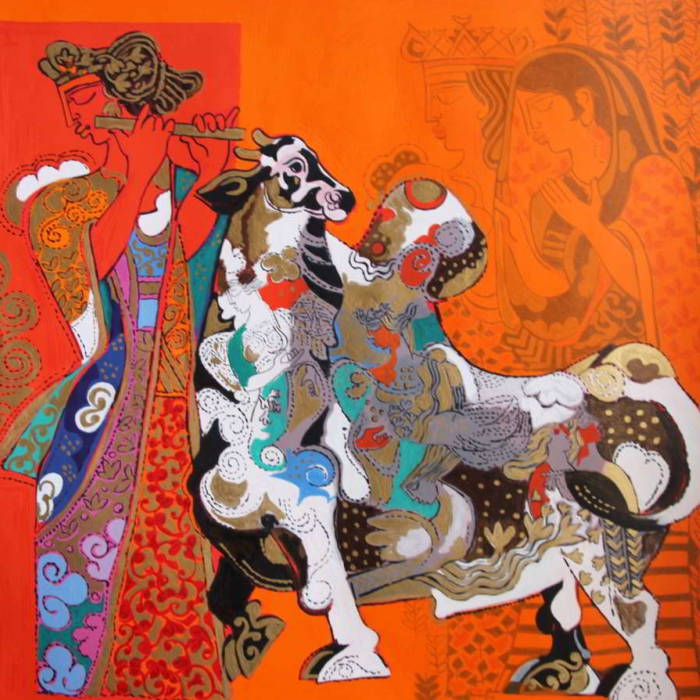
Ravindra Salve
1. Different Base / Medium of Work – It requires extreme amounts of passion, commitment, dedication and skills in order to produce a serigraph. The understanding and love for the medium is important too. Unfortunately in India, the ratio of serigraphy specialist artists remains the same as it was in 1990s and only 1 out of 100 artists produces serigraph as ‘only’ art production. Of course, there are many who ‘experiment’ for the sake of trying different mediums (they actually are good only at paint or etching). Nothing wrong, but the serigraph quality suffers hugely owing to artist’s half-hearted approach and poor technique skills.

Shanti Dave
2. Commercial Limitation – When an artist rents out his space and equipments; takes help of an assistant or uses the space of a commercial printing studio, both the studio and artist want the end result to be cost effective and in order to meet commercial success they bind themselves to limited number of colours. The cost depends on the number of days you work. That can only be controlled by the number of colours you finish in these days. Hence, their idea is to complete the serigraph with minimum colours, which unfortunately affects the quality of the serigraph.

Seema Kohli
3. Consistency – The core purpose of producing serigraphs in context to the current times and studios is to produce it for the masses and try to make Indian art accessible to more and more people. In order to meet the above, one needs to make a sober number of editions. With artists having little time on hand, and serigraph not being their prime area of work, choosing creative process over mechanical or technical process makes them produce limited editions of 25 to 30. These lesser number of paintings is simply equivalent to the original painting since they go into the hands of only few selected buyers. What commercial serigraph studios offer is nearly 100-125 editions, thus serving the core purpose of serigraphs. Retaining consistent quality in all the 125 editions is very challenging for an artist (compared to commercial serigraph studios) owing to the problems mentioned above.

Haku Shah
4. Quality – The artists who primarily does not work on serigraphs, (as their main and only medium) it becomes difficult for them to compete with the commercial studios. The artist can for sure ‘experiment’ with his skills and should try different mediums as a creative expression. But why should the buyer suffer because of the artist’s ‘experiments’? Not all experiments are up to standard in nature. The buyer should thus read upon and scrutinize before buying any such serigraph.
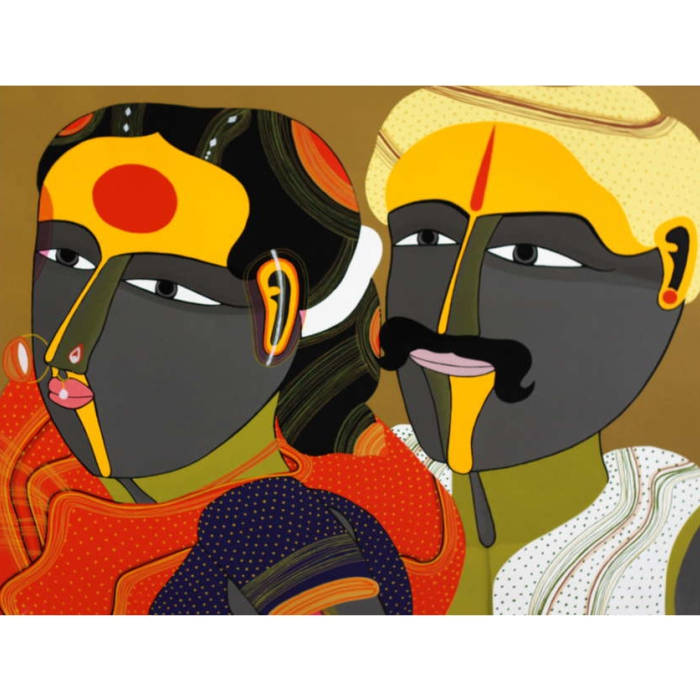
Thota Vaikuntum
5. No Graphics Please – Depending upon the availability of colours, limited skills, and lack of professional studio facility, (which India still lacks) the choice of subject and expression takes backseat for the artist if he wants to make a serigraph himself. The artist then has to play only within certain available parameters – that works against the artist and obviously reflects in his/her works. Therefore most of the artists prefer to collaborate with reputed studios and ask them to produce serigraphs on their behalf. Most of the artists fail to understand that gone are the days when serigraphs were seen as mere 5 – 7 colour graphic print. We need to be aware that today there are a lot of other dexterities involved beyond these screens, such as registration of lines and colours, layer by layer process, transparency and gradation, and colour balancing technique, under which one can print more than 80 colours in a serigraph.
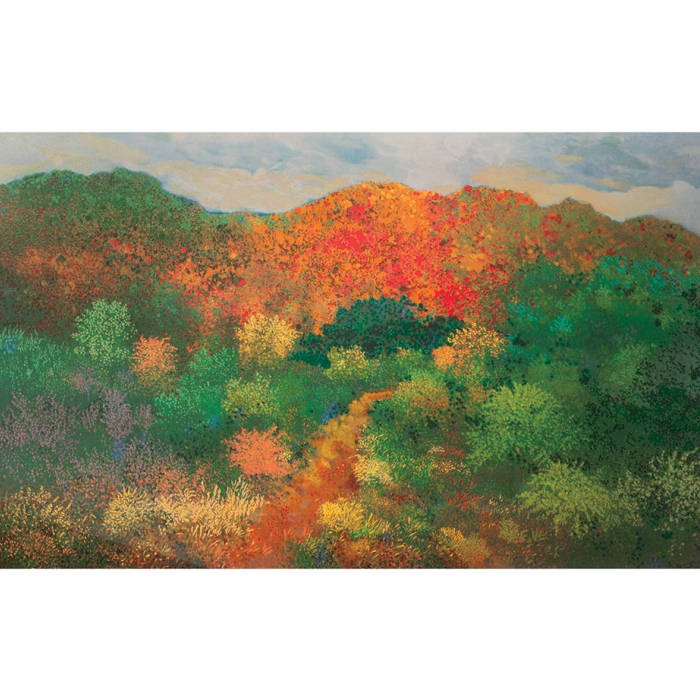
Surya Prakash
6. For Serigraph’s Sake – Today we befittingly have studios that collaborate with the artist and provide the best quality serigraphs. The artist’s work can be as new as two months old or it can even be 60 years old. The artwork is selected on the basis of the quality of the work and its subject and then the serigraph is produced. In these kind of artworks, the artists would have spent time in producing the original work, which was then not made for a serigraph – and now because it has worth, it is been converted into one.
On the other hand, there are artists who work with studios for the sole intention of ‘creating serigraphs’ so that they can perceive themselves at par with other leading and reputed artists of India. For such serigraphs, the planning is done with limited colours to be used, and the approach towards the work is very restricted, according to the limited guidelines. Hence the freedom of the artist dies; and that reflects in his/her works. What is missing in such serigraphs is the creation of a beautiful artwork first and then allowing it to be produced as serigraphs for the society.
Take Away
Many wise artists collaborate with professional art studios and produce serigraphs of excellent quality, while few artists enter the market these days wanting to ‘experiment’ on buyer’s behalf. Here I am talking of painters and not printmakers. On my recent visit to the capital of India, I happened to meet a senior artist. When I asked for his opinion on the recent fixation of artists to create serigraphy (which is not these artists’ first base) he told me – “My job is to create a painting. Let me focus on the work I do. Let the studio do what they know best. When we shall mix it – like the studio telling me how many colours they want me to paint so they can make a serigraph – I don’t do it that ways and if I work as per the studio’s commands, I won’t be able to bring out that magic that I create in my paintings.”
I hope this blog will be of help for art lovers and art buyers. Let me know your views or comments on adiaryofacurator@gmail.com.
Disclaimer – the artists’ names have not been mentioned because they didn’t want to be named. This article is for reference for future art students, collectors, buyers and galleries, to have an overview of what they should take care of in future while understanding serigraphs and what all they must notice while buying or collecting a serigraph. Due to copyright issues we haven’t taken any other studio’s or artist’s images and have showcased what we have produced.
Text © Chaitya Dhanvi Shah




